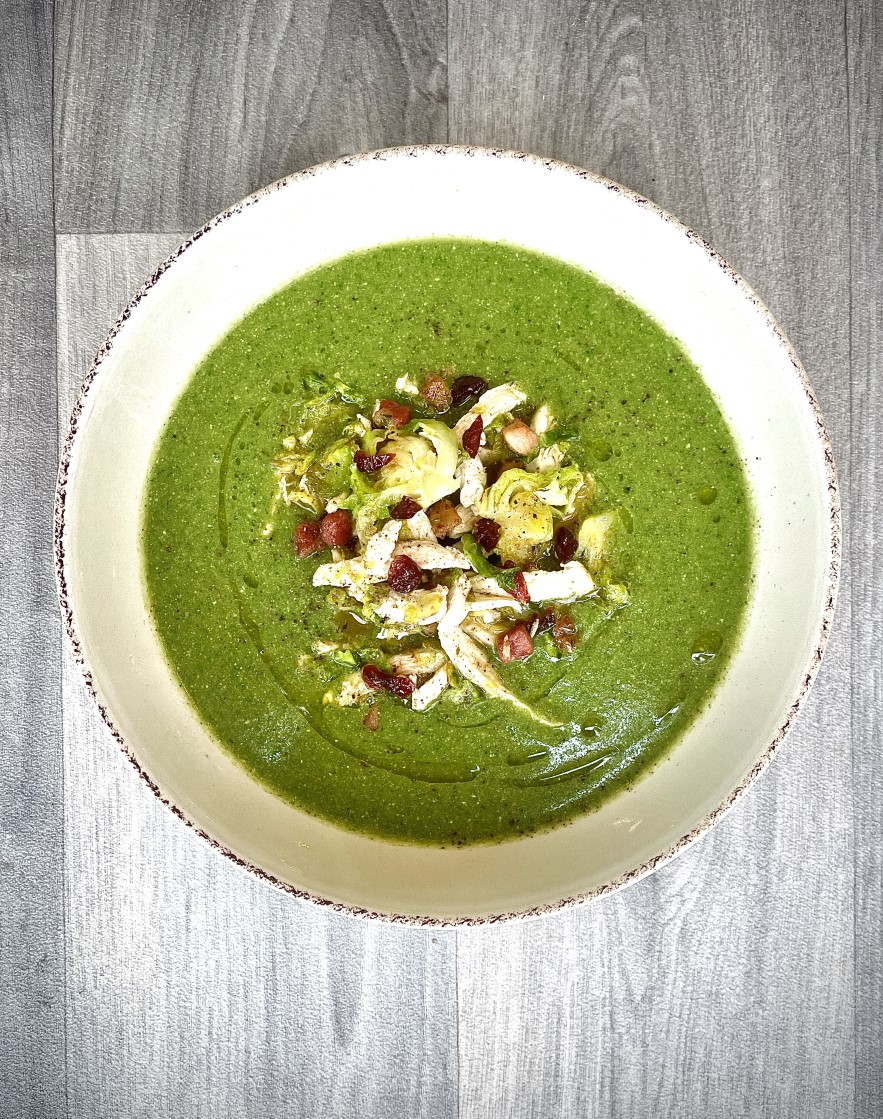Type 2 diabetes has been on the rise for the last decade. According to Diabetes UK, approximately 5 million people are living with diabetes in the UK. Previous registration figures showed an increase in 2021-22 of almost 150,000 compared with the year before.
90% of all people living with diabetes are type 2 diabetics. Furthermore, around 2.4 million people are prediabetic – at an increased risk of developing T2D based on blood glucose levels – and 850,000 people are currently living with type 2 diabetes but have not been diagnosed yet.
These alarming numbers and the fact that many people are at risk or have not been diagnosed yet are good enough reasons to take care of yourself during this Christmas period and avoid an unpleasant surprise next January when you visit your GP for a routine checkup.




